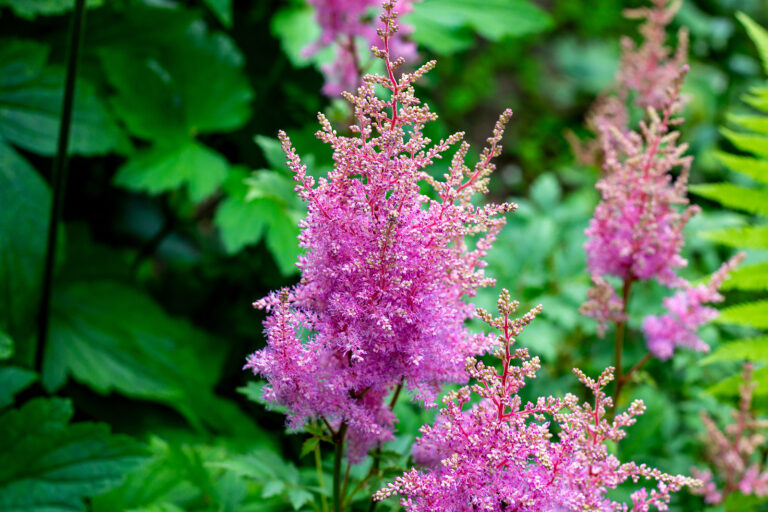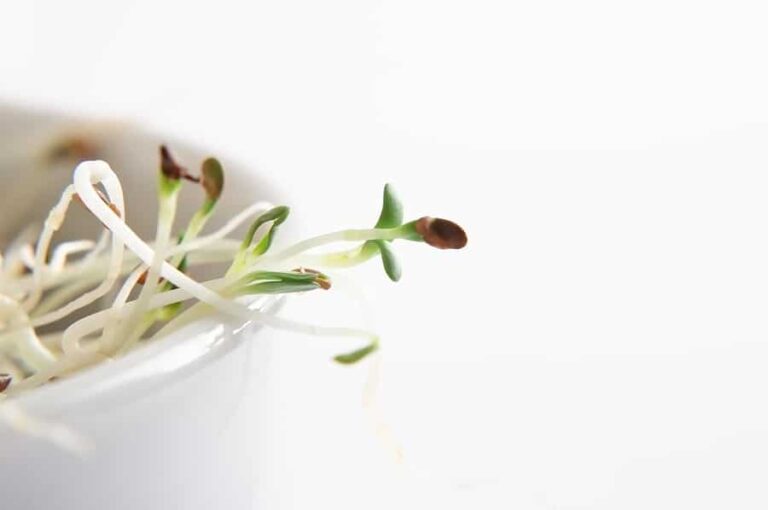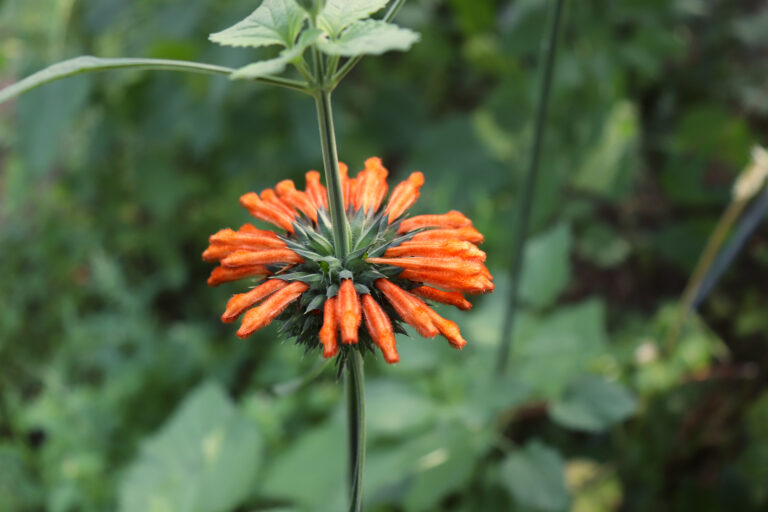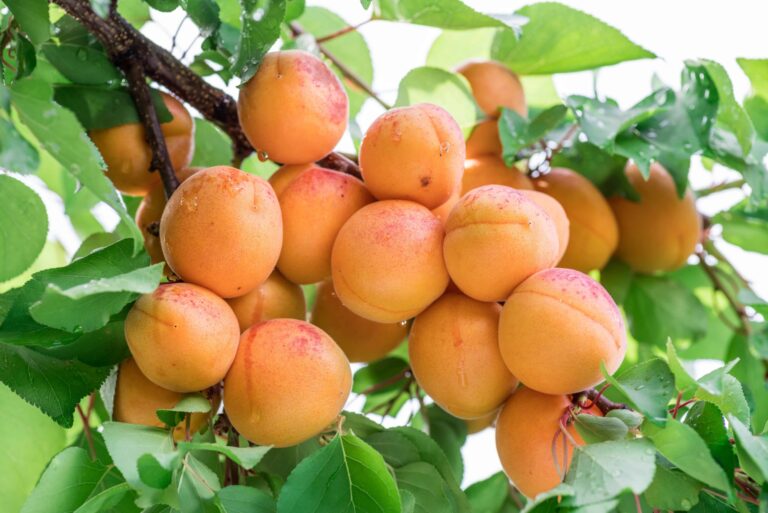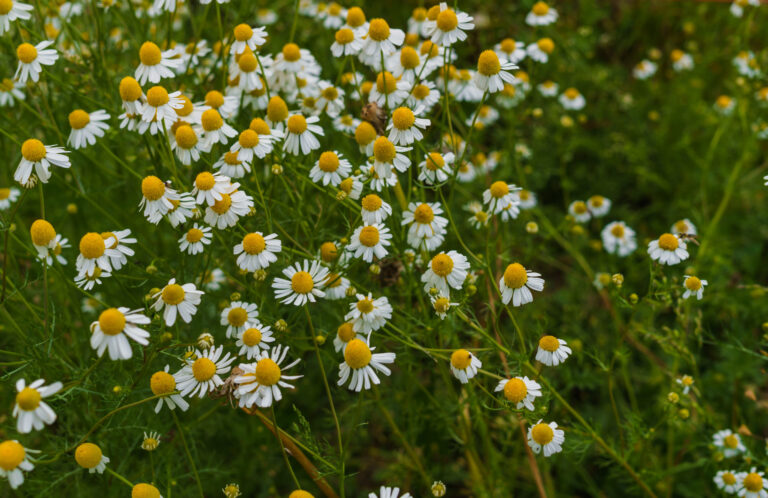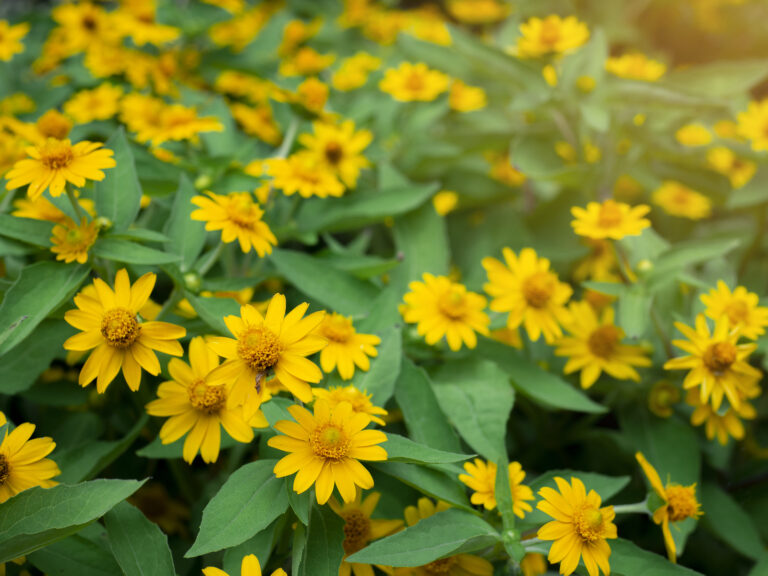How to Grow Bacopa — Sutera
Sutera–commonly called bacopa–forms a cascade of small white or pale pink blooms and green leaves. It flowers all summer if lightly watered and fed well. Bacopa is a spreading perennial grown as an annual. It trails over the sides of containers and window boxes.
Bacopa is the common name for Sutera cordata which synonymous with Chaenostoma cordatum.
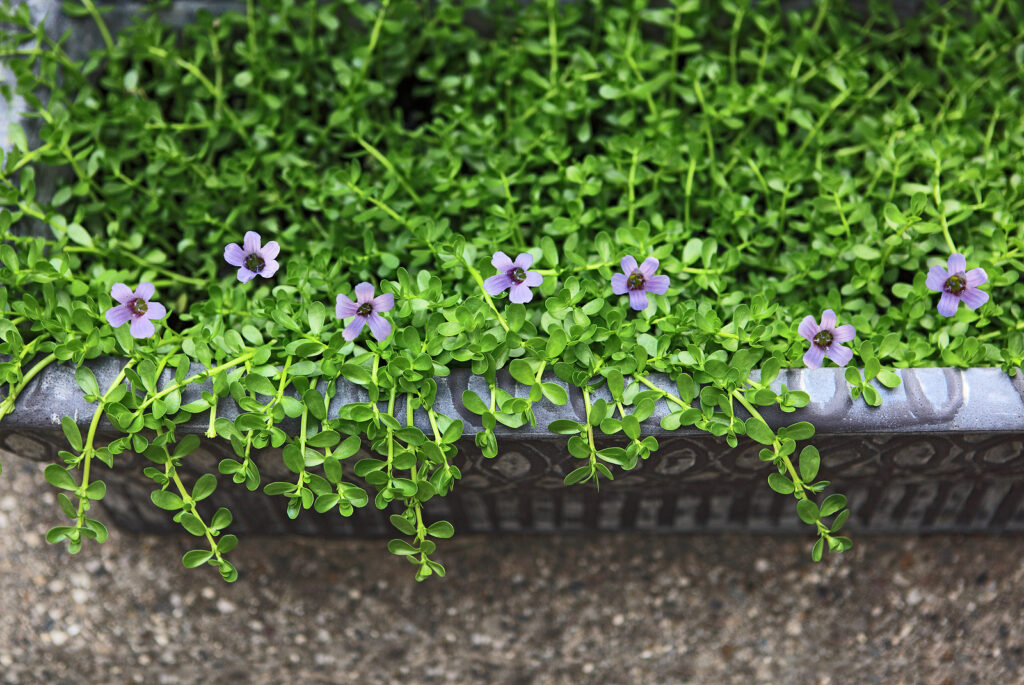
Six ways to use Sutera – Bacopa in the garden
Sutera, commonly known as Bacopa, is a versatile and delicate flowering plant that adds charm and grace to garden settings. Here are several ways to use Sutera effectively in your garden:
1. Hanging Baskets and Containers
- Usage: Sutera is ideal for hanging baskets and container gardens due to its trailing growth habit. It cascades beautifully over the edges, creating a waterfall of blooms that can brighten up porches, patios, and balconies.
- Benefit: The small, profuse flowers (available in white, pink, blue, and lavender) create a lush, full display that stays in bloom for long periods.
- Tip: Combine with other trailing plants like ivy or creeping jenny for added texture, or pair with upright flowers like geraniums or petunias for a balanced arrangement.
2. Ground Cover in Flower Beds
- Usage: Sutera can be used as a low-growing ground cover in flower beds, where it will spread gently across the soil and fill in gaps between other plants.
- Benefit: It provides a continuous display of flowers throughout the season and helps suppress weeds while adding visual interest to the garden floor.
- Tip: Plant in areas with well-draining soil and partial sun to ensure optimal growth and flowering.
3. Border and Edging Plant
- Usage: Use Sutera as an edging plant along pathways or garden beds for a soft, floral border. Its mounding and trailing habit creates a seamless, flowing look that softens hard edges and adds a touch of romance.
- Benefit: Sutera’s compact, bushy form ensures that it won’t overtake other plants, making it a reliable border that enhances visual appeal without crowding out its neighbors.
- Tip: Plant alongside contrasting foliage plants like hostas or dusty miller to highlight the bright, delicate blooms of Sutera.
4. Mixed Planters and Window Boxes
- Usage: Sutera pairs well with a variety of other plants in mixed planters and window boxes. Its fine-textured leaves and continuous flowers complement more dramatic or large-flowered plants.
- Benefit: It acts as a filler or “spiller” plant, softening the edges of containers and blending harmoniously with taller plants.
- Tip: Mix with bold annuals like begonias, calibrachoas, or verbena for eye-catching combinations that last through the growing season.
5. Shade Garden Accents
- Usage: Sutera thrives in partial shade, making it perfect for brightening shaded or dappled light areas of the garden where other flowering plants may struggle.
- Benefit: Its white or light-colored flowers stand out against darker foliage and create an airy, ethereal effect that illuminates shaded garden spaces.
- Tip: Plant in areas where it will receive morning sun and afternoon shade for optimal blooming.
6. Trailing Over Retaining Walls
- Usage: Sutera can be planted at the edge of retaining walls or rock gardens, where it will trail gracefully down, softening the appearance of stone or brick structures.
- Benefit: The cascading effect of the blooms adds a natural, flowing look that integrates hardscape elements seamlessly with the garden.
- Tip: Ensure proper watering and well-drained soil, as Sutera does not tolerate waterlogged conditions.
General Care Tips for Sutera:
- Light Requirements: Thrives in partial sun to partial shade. It enjoys morning sunlight and some afternoon protection, making it suitable for various garden spots.
- Watering: Keep the soil consistently moist but not soggy, as Sutera can suffer in overly dry conditions. Regular watering is important, especially in containers or hanging baskets.
- Soil: Prefers well-draining soil enriched with organic matter.
- Maintenance: While Sutera is self-cleaning and doesn’t typically require deadheading, occasional trimming may help encourage fuller growth and continuous blooming throughout the season.
Sutera’s delicate, trailing nature and abundant flowers make it a beautiful addition to gardens of all types. Whether used in hanging baskets, as a ground cover, or in mixed plantings, it brings a touch of elegance and consistent color to outdoor spaces.
Get to know Sutera – Bacopa
- Plant type: Subtropical perennial grown as an annual
- Growing Zones and range: 9-10; bacopa will grow as a perennial in Zones 9-11
- Hardiness: Tender
- Height and width: 6 to 8 inches (15-20cm) tall; 10 to 14 inches (25-35cm) wide
- Flowers: Tiny, delicate white flowers
- Bloom time: Summer to frost
- Uses: Bedding, containers, hanging basket
- Common name: Bacopa, water hyssop
- Botanical name: Sutera cordata syn. Chaenostoma cordatum
- Family: Scrophulariaceae
- Origin: Africa
Where to plant Sutera – Bacopa
- Grow bacopa in full sun or light shade, especially in Zones 7-11.
- Plant bacopa in humus-rich, well-drained soil.
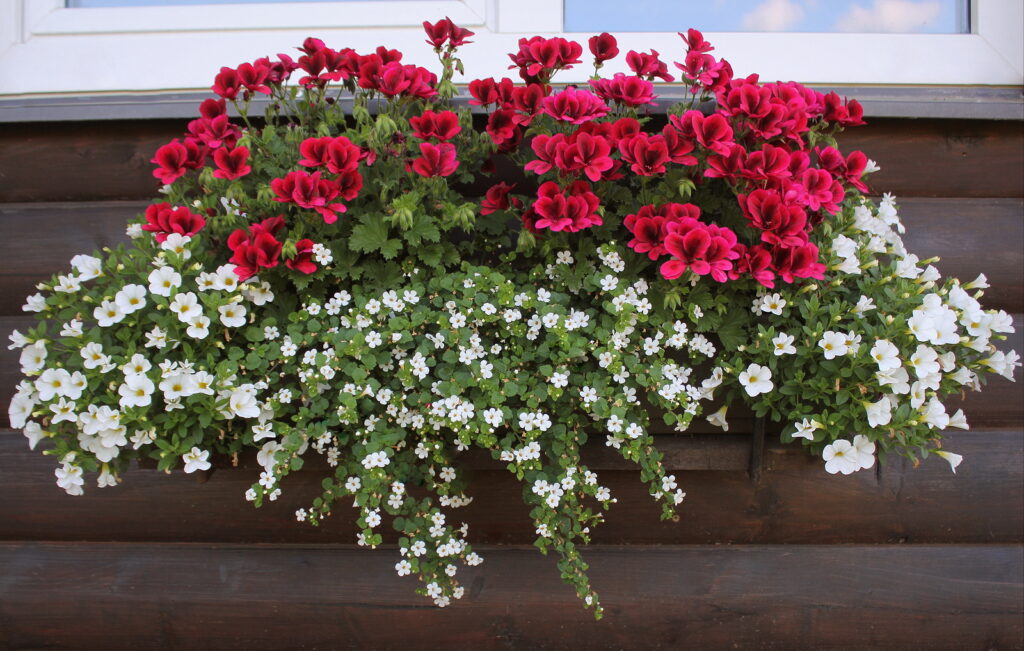
When to plant Sutera – Bacopa
- Set bacopa in the garden in spring after all danger of frost has passed.
Planting and spacing Sutera – Bacopa
- Space bacopa 10 to 14 inches (25-35cm) apart.
- Sow seed 1/8 inch deep in evenly prepared soil.
How to water and feed Sutera – Bacopa
- Bacopa needs ample moisture; keep the soil evenly moist. Do not let the soil dry out or leaves will wither quickly.
- Fertilizer bacopa every 4 to 5 weeks with an all-purpose fertilizer or work slow-release fertilizer into the soil at planting time.
Sutera – Bacopa care
- Mulch around bacopa to conserve soil moisture and to keep crowns from becoming to wet.
Sutera — Bacopa pests and diseases
- Sutera can suffer mold and crown rot in constantly moist soil.
- Sutera can be attacked by slugs and snails.
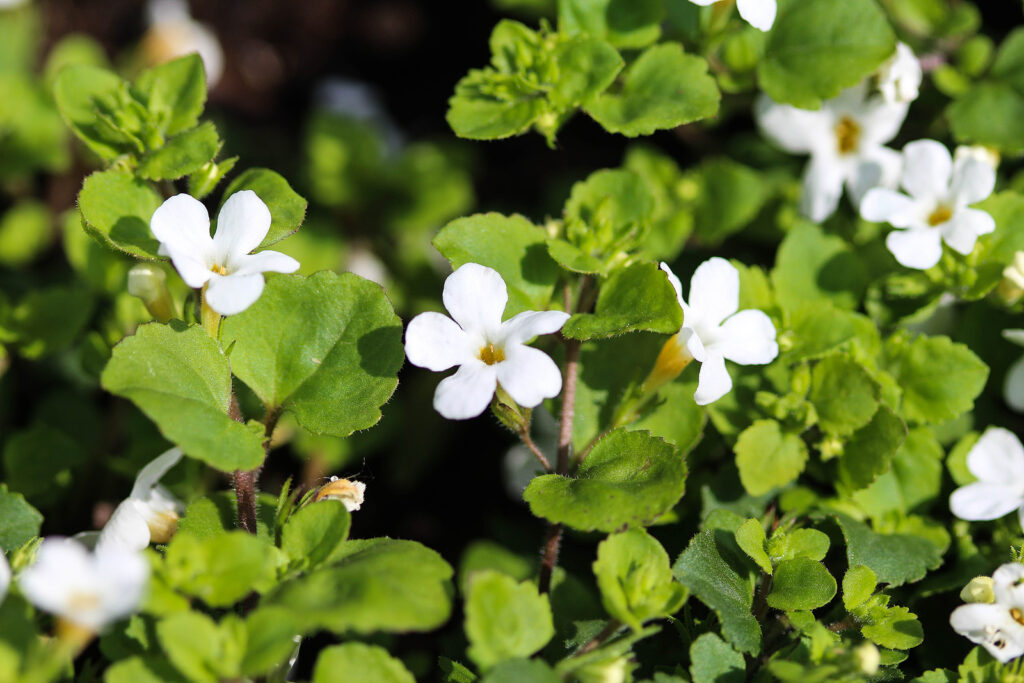
Sutera – Bacopa propagation
- Sow seed in spring after all danger of frost has passed.
Sutera – Bacopa varieties to grow
- Sutera cordata: pink- and lavender-flowered cultivars are available.


